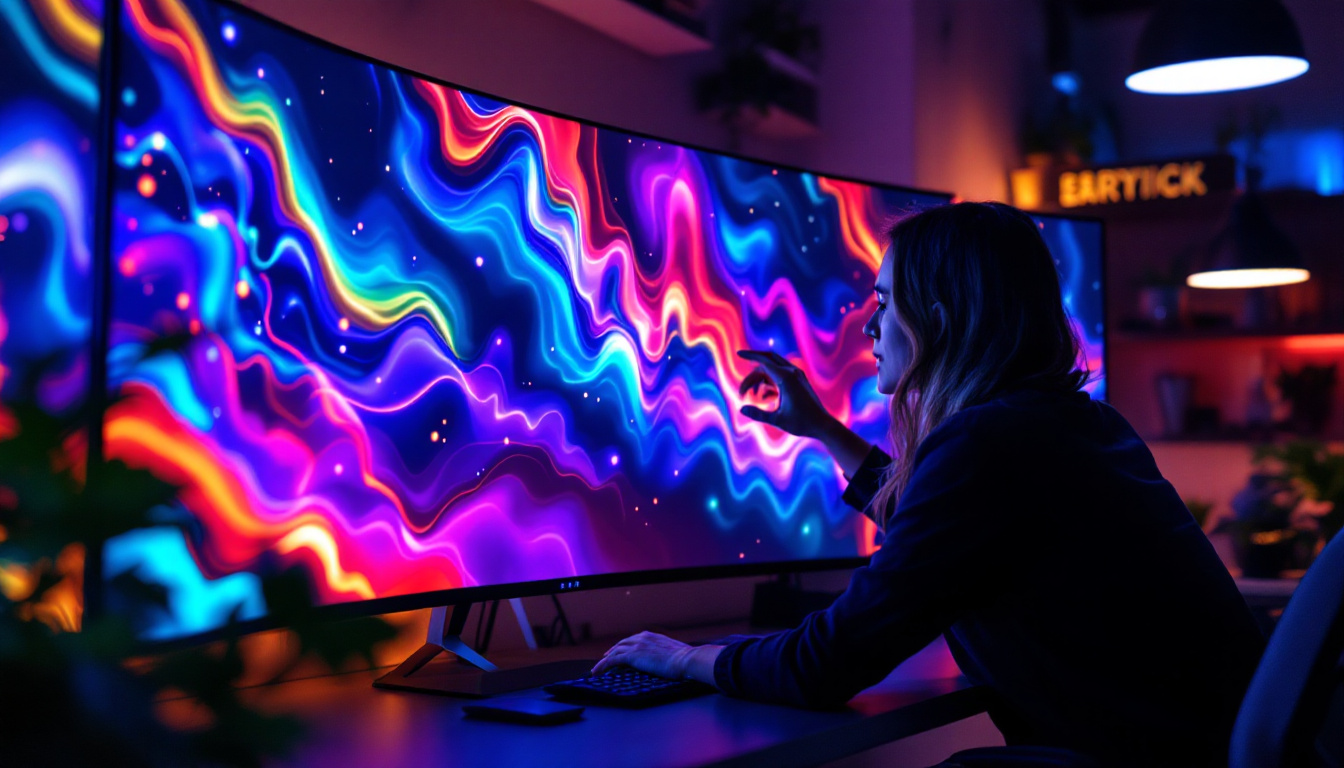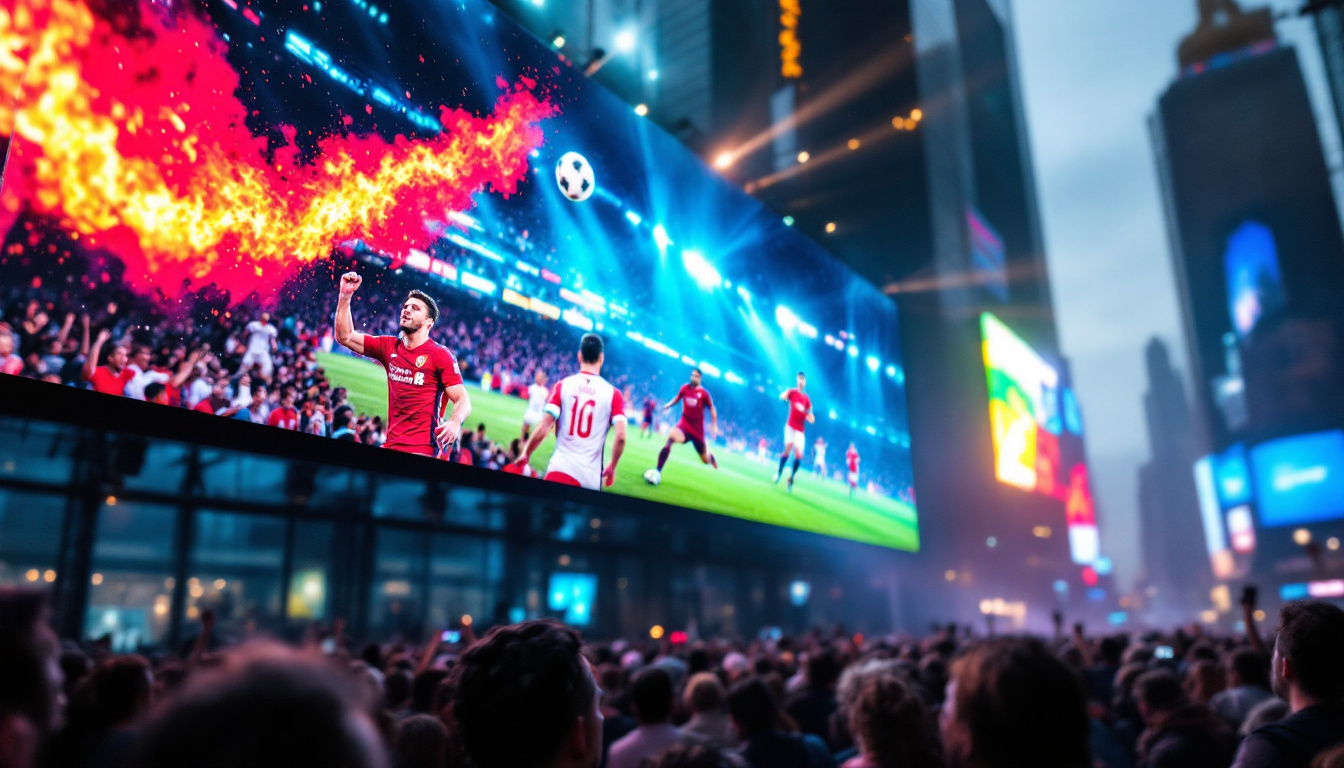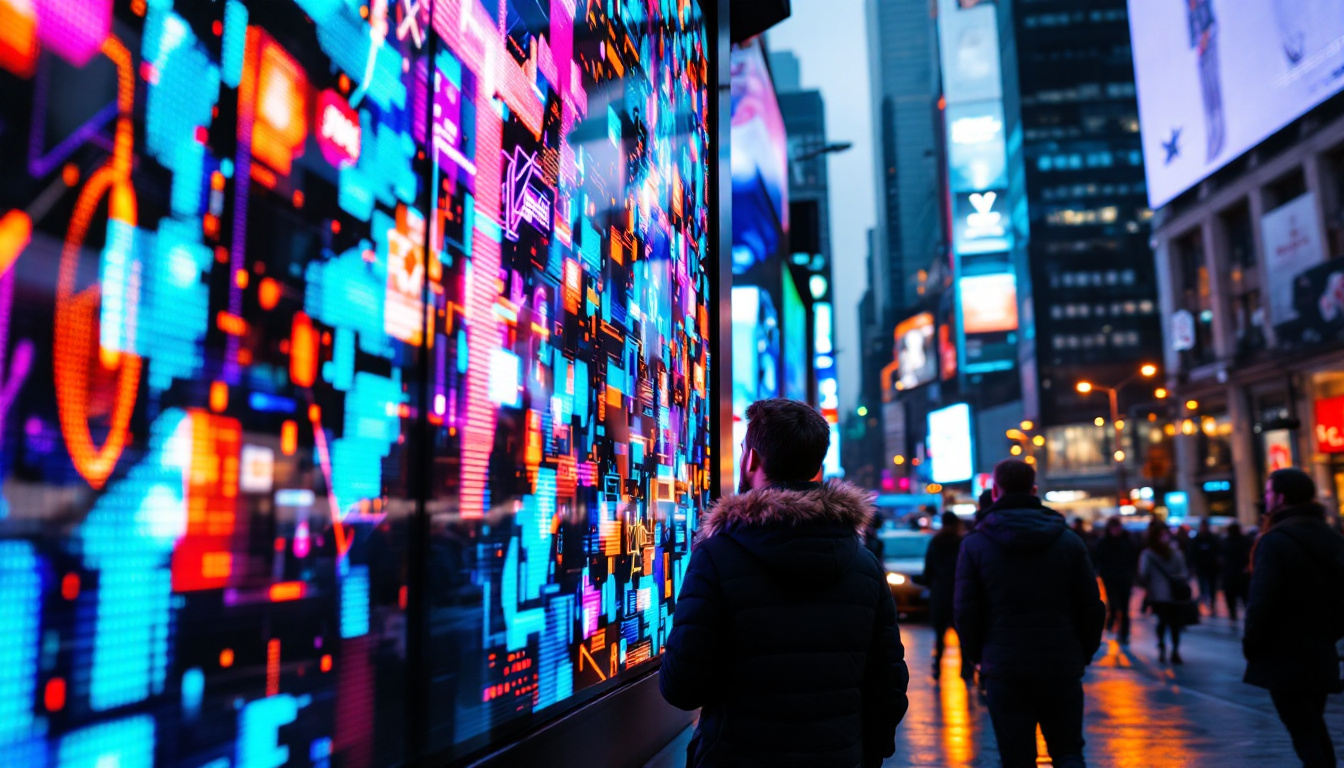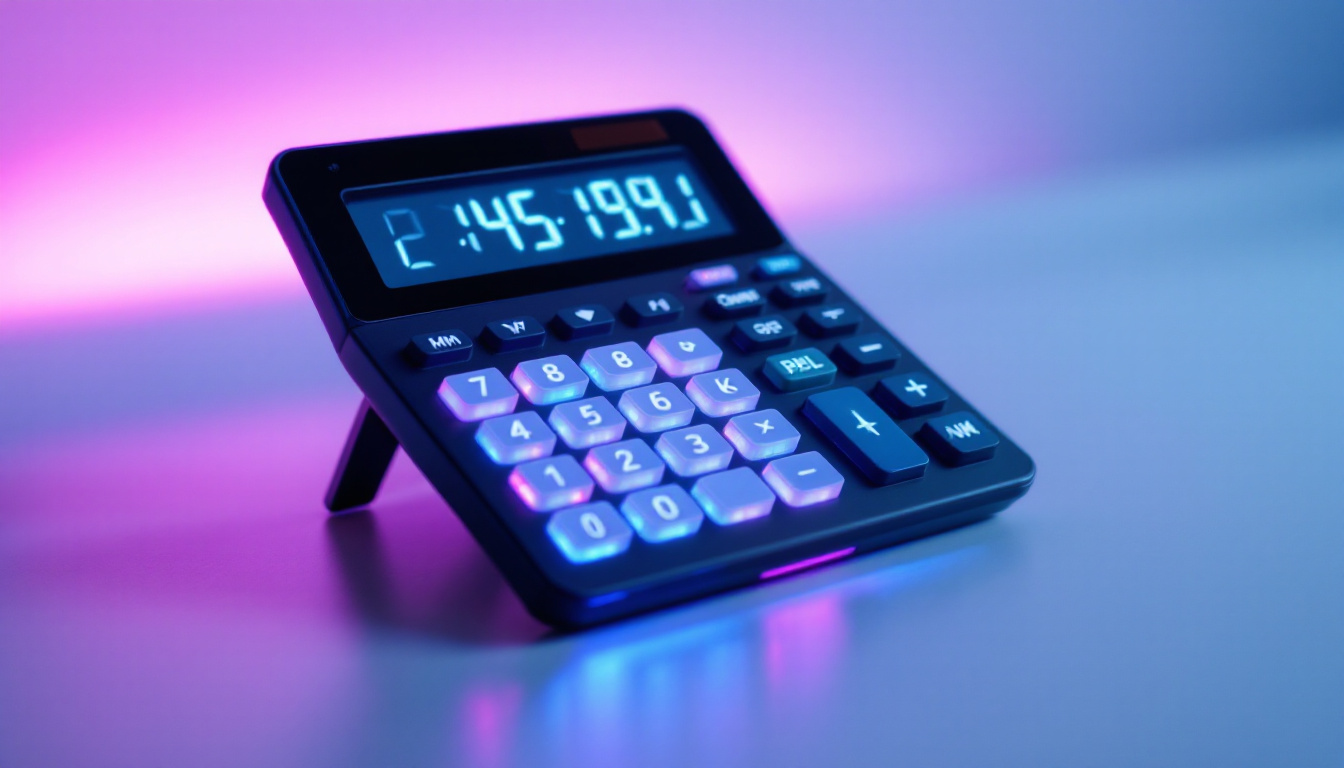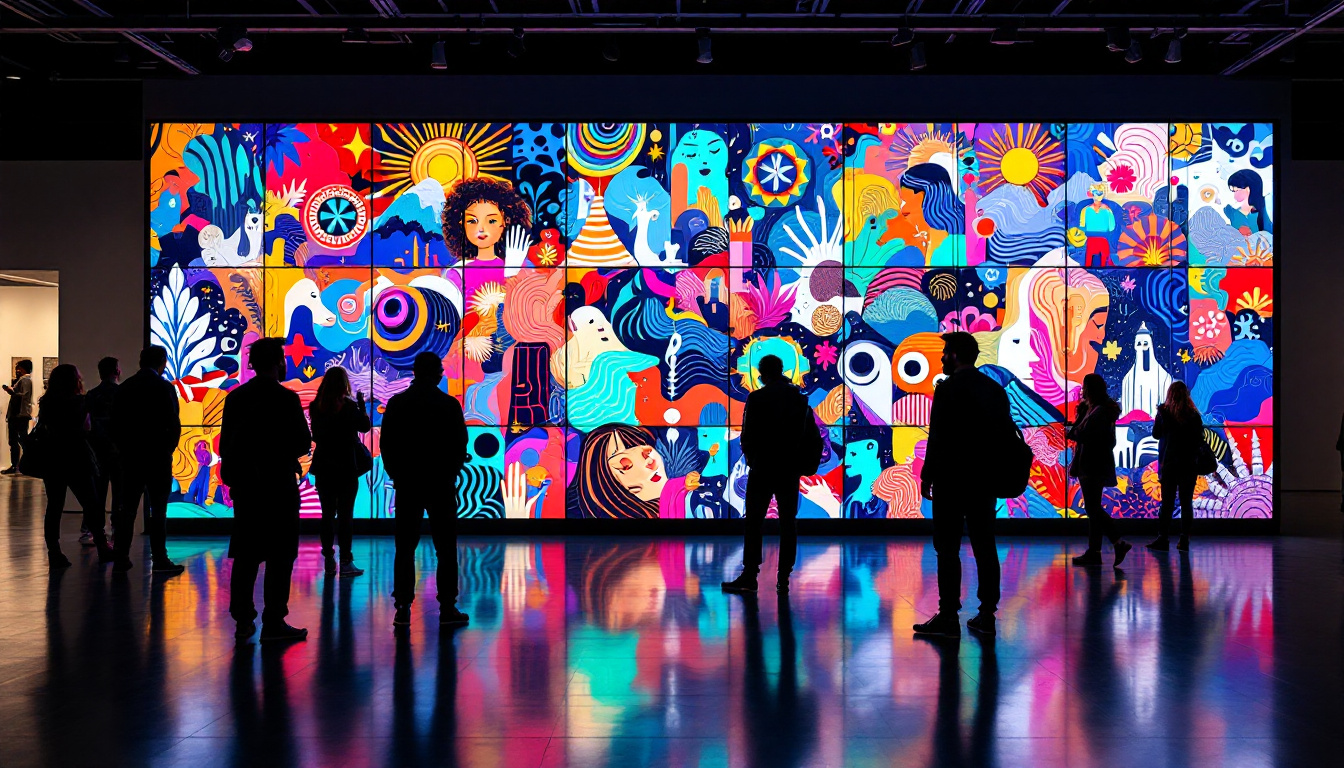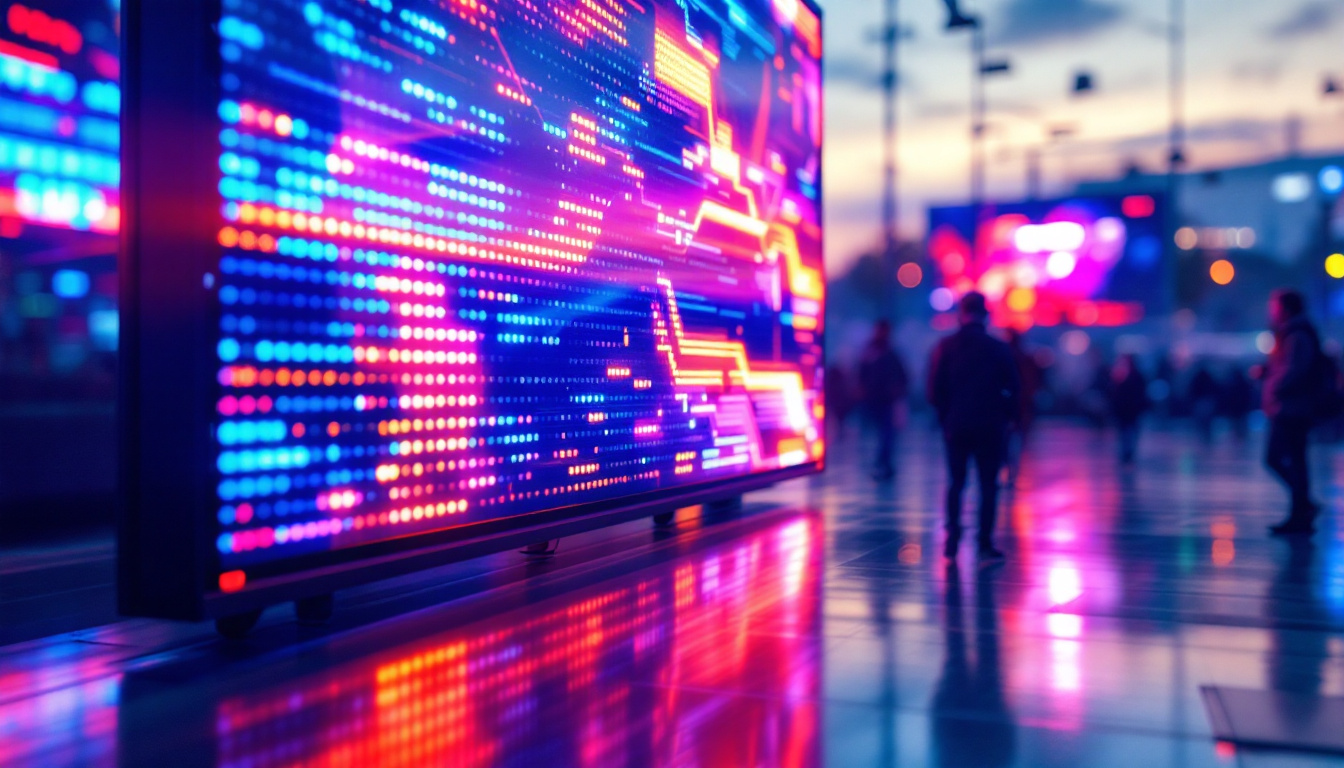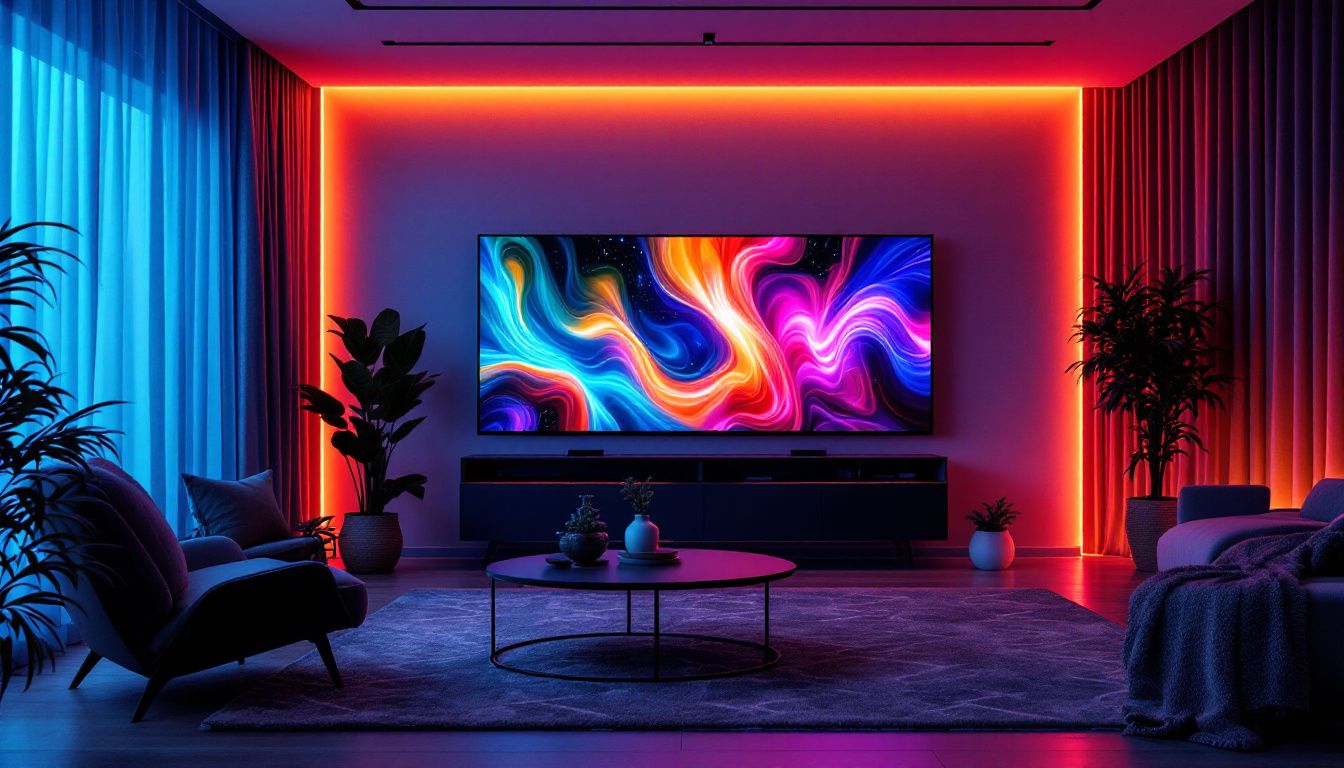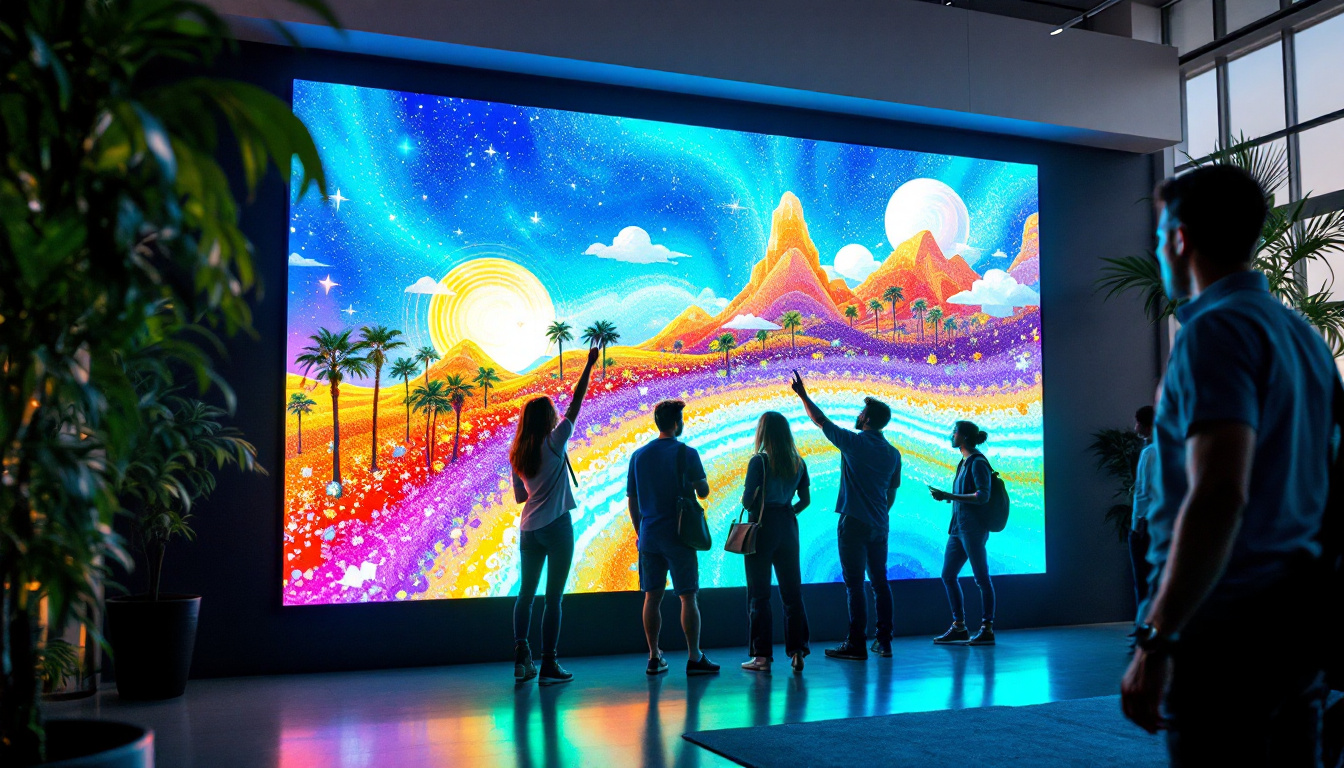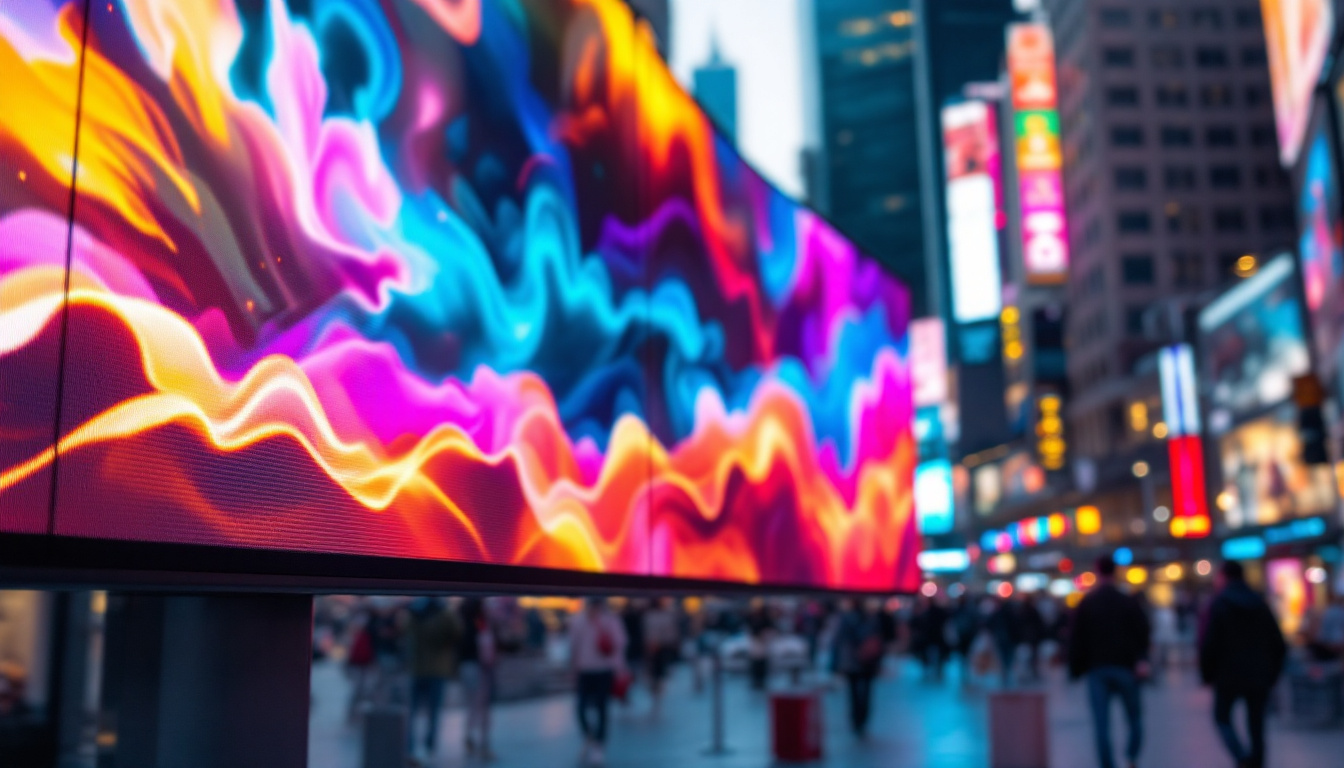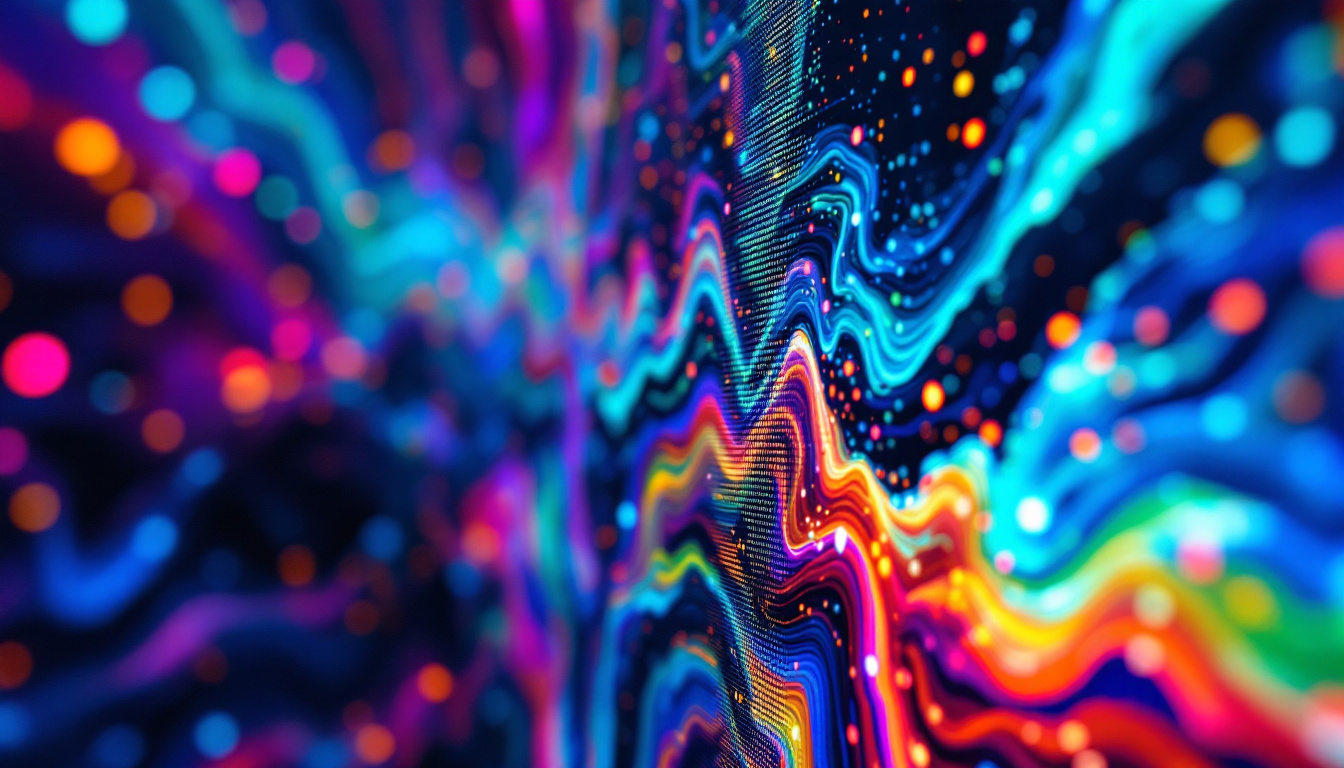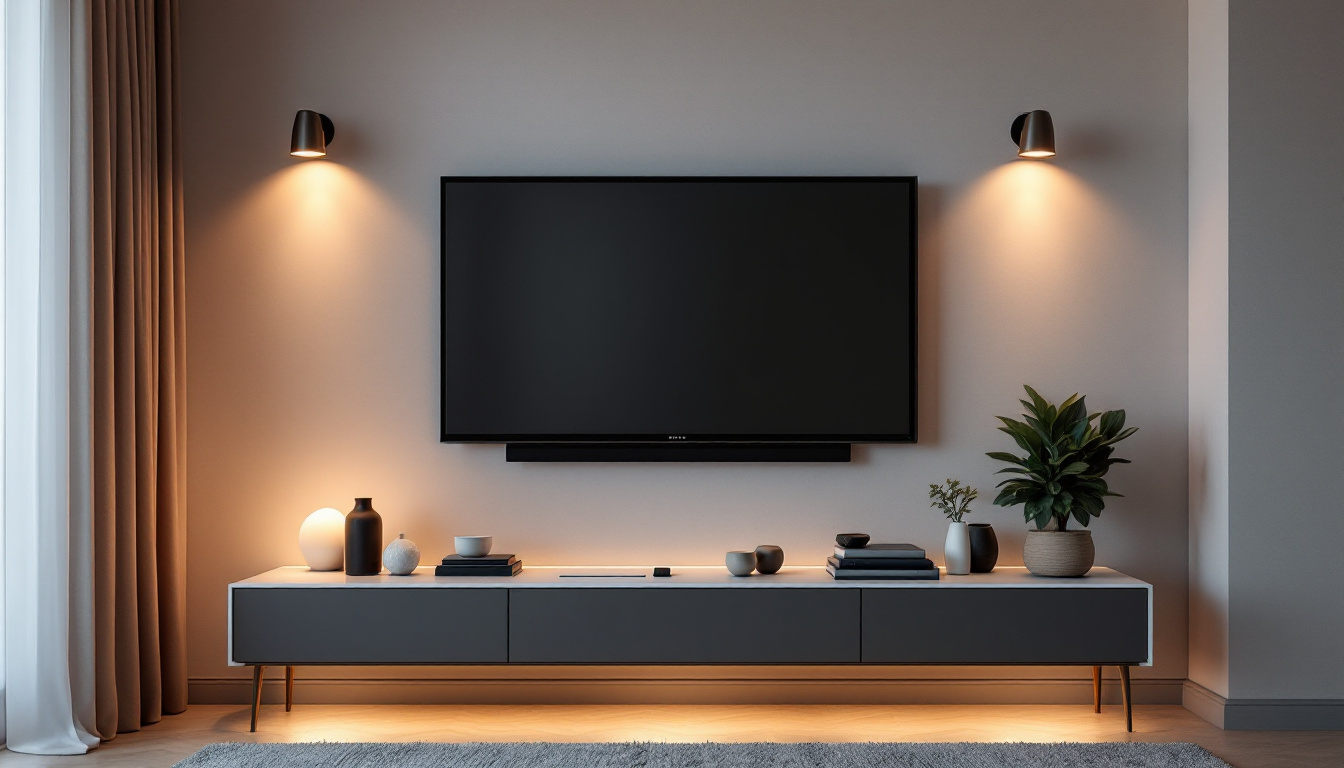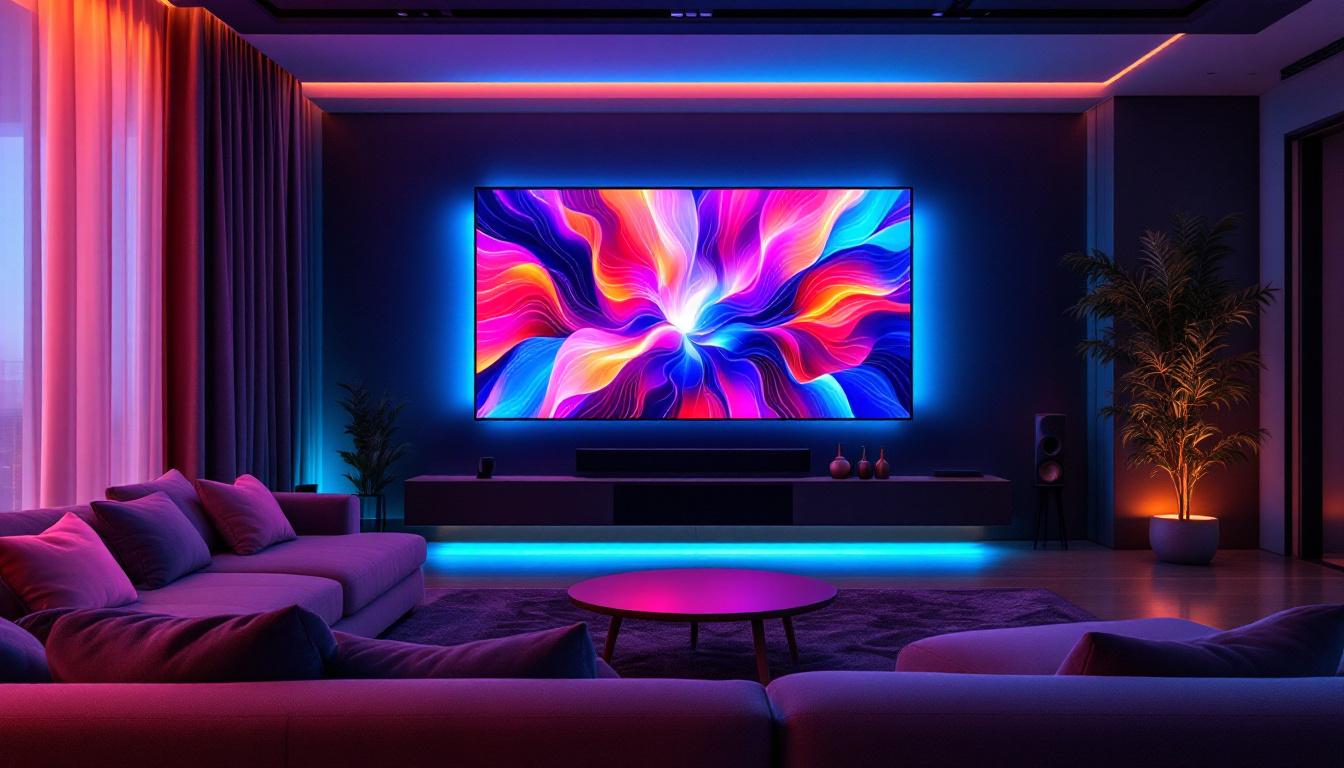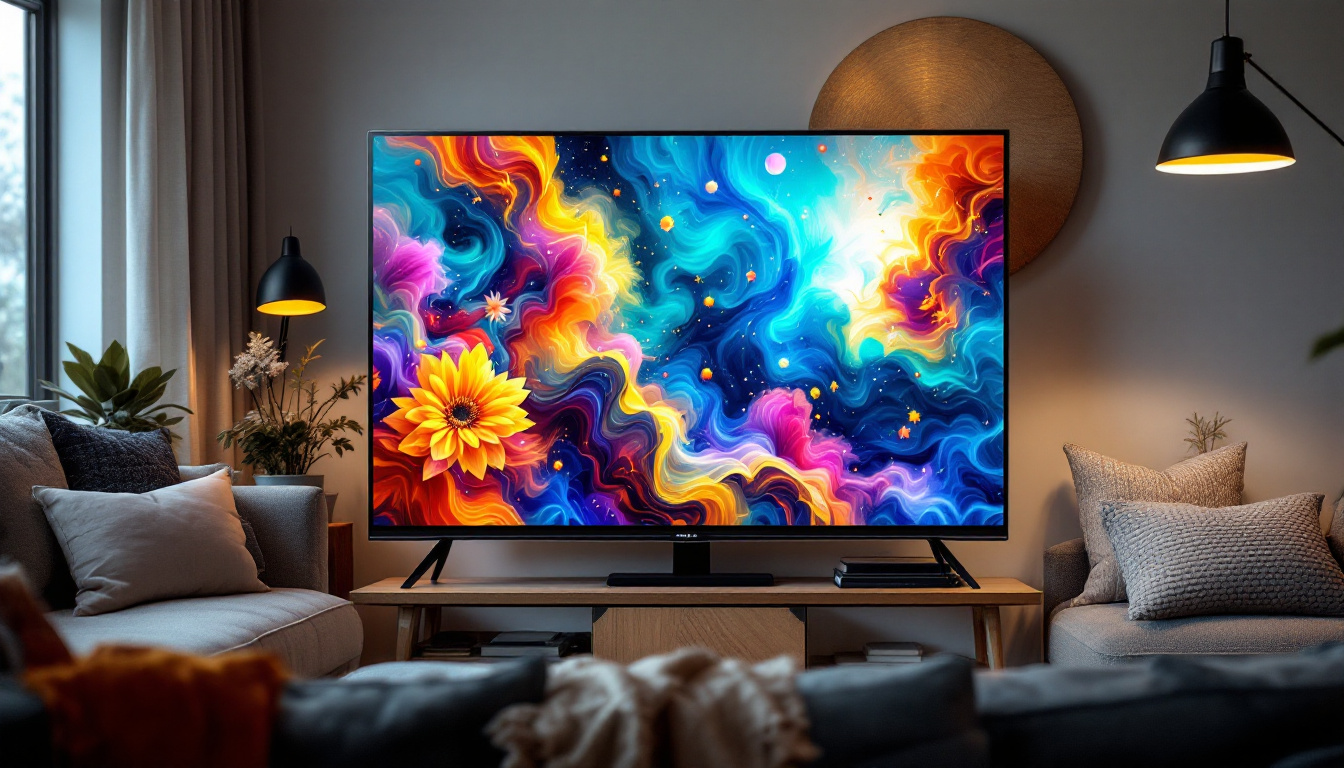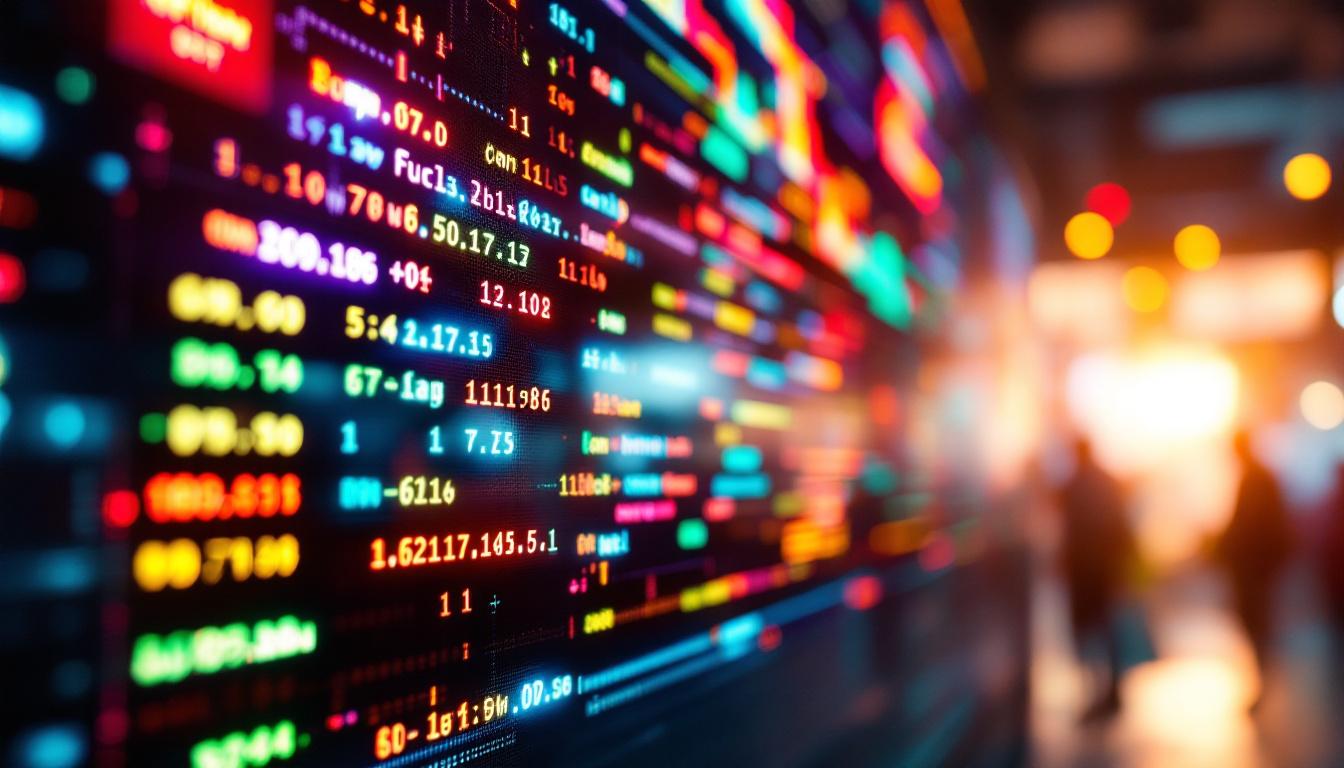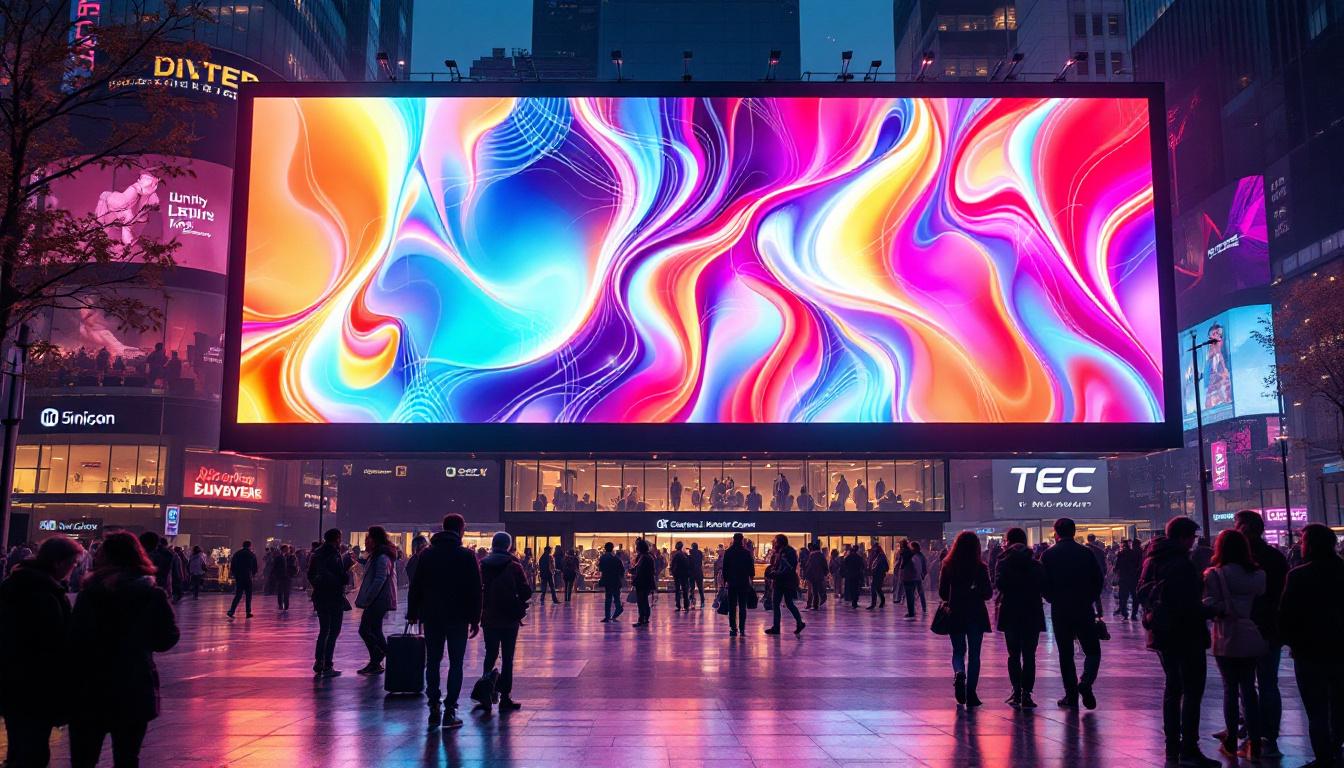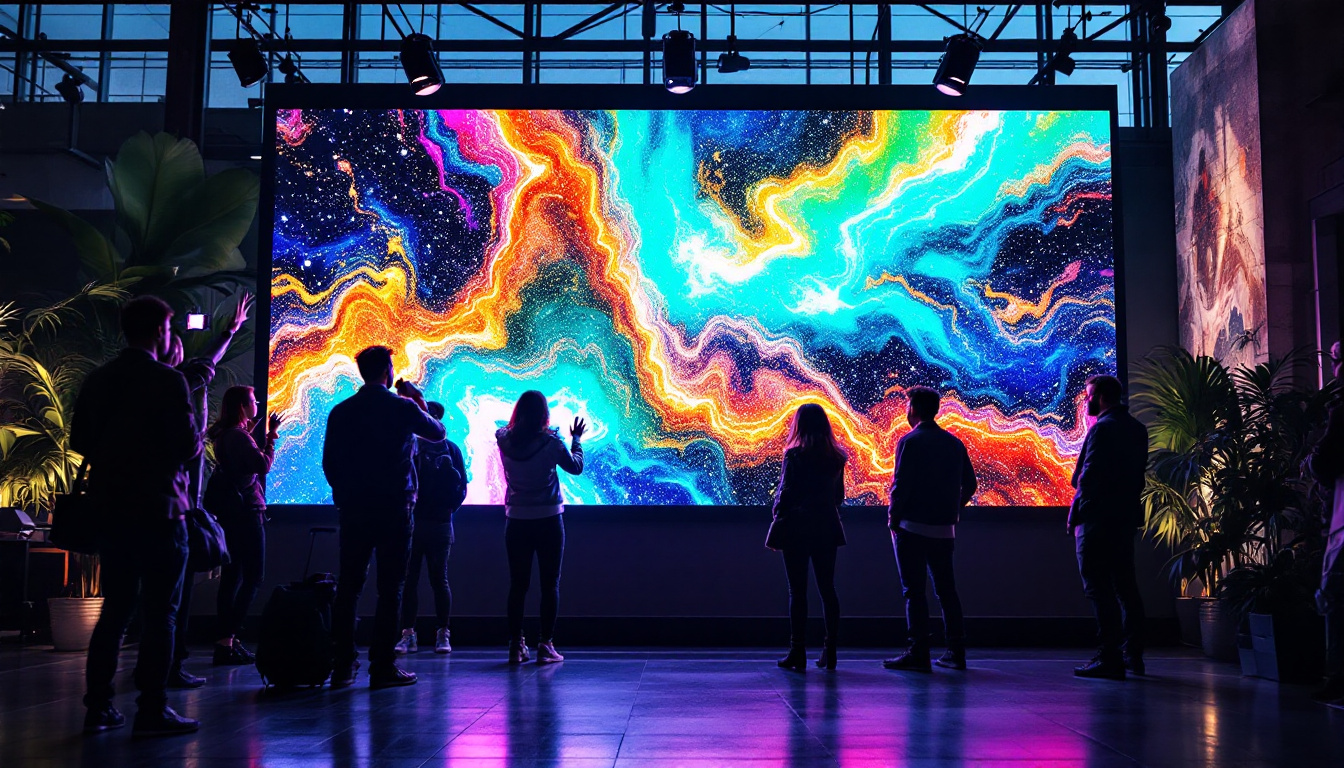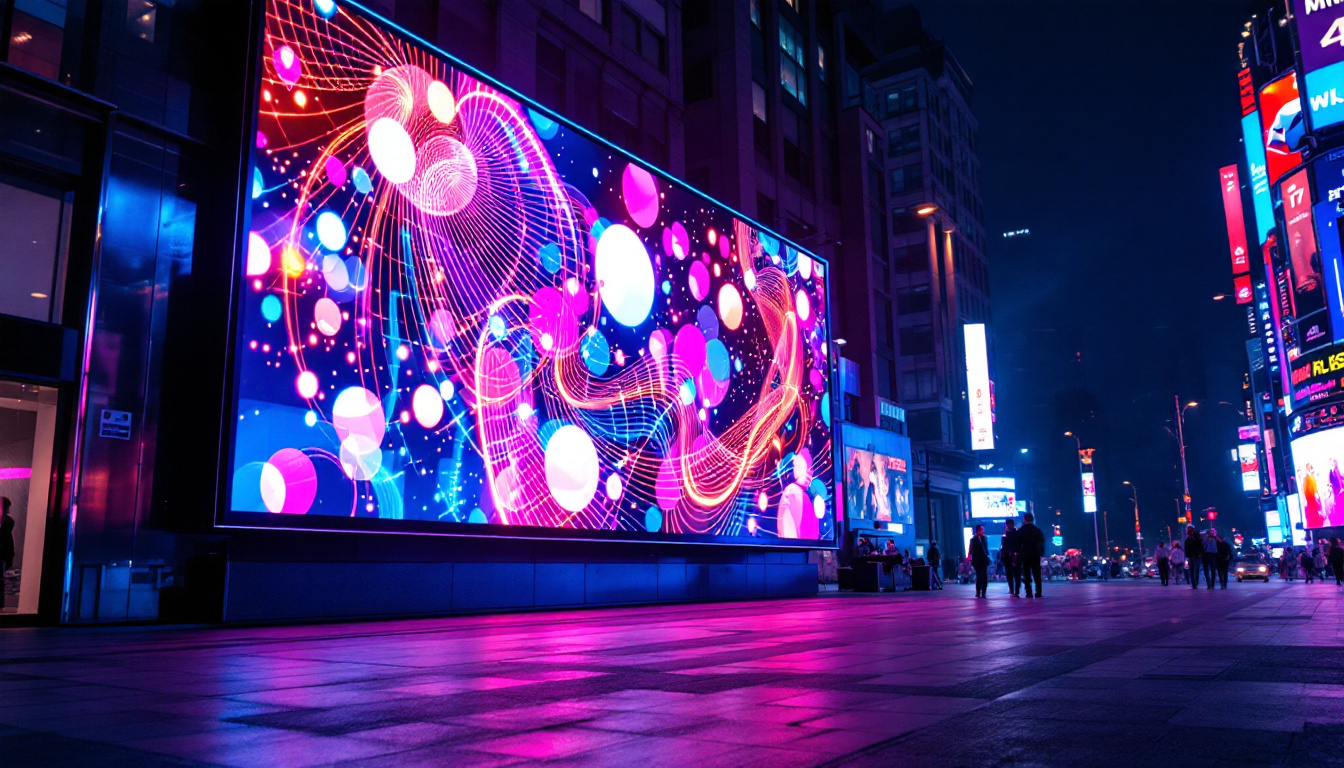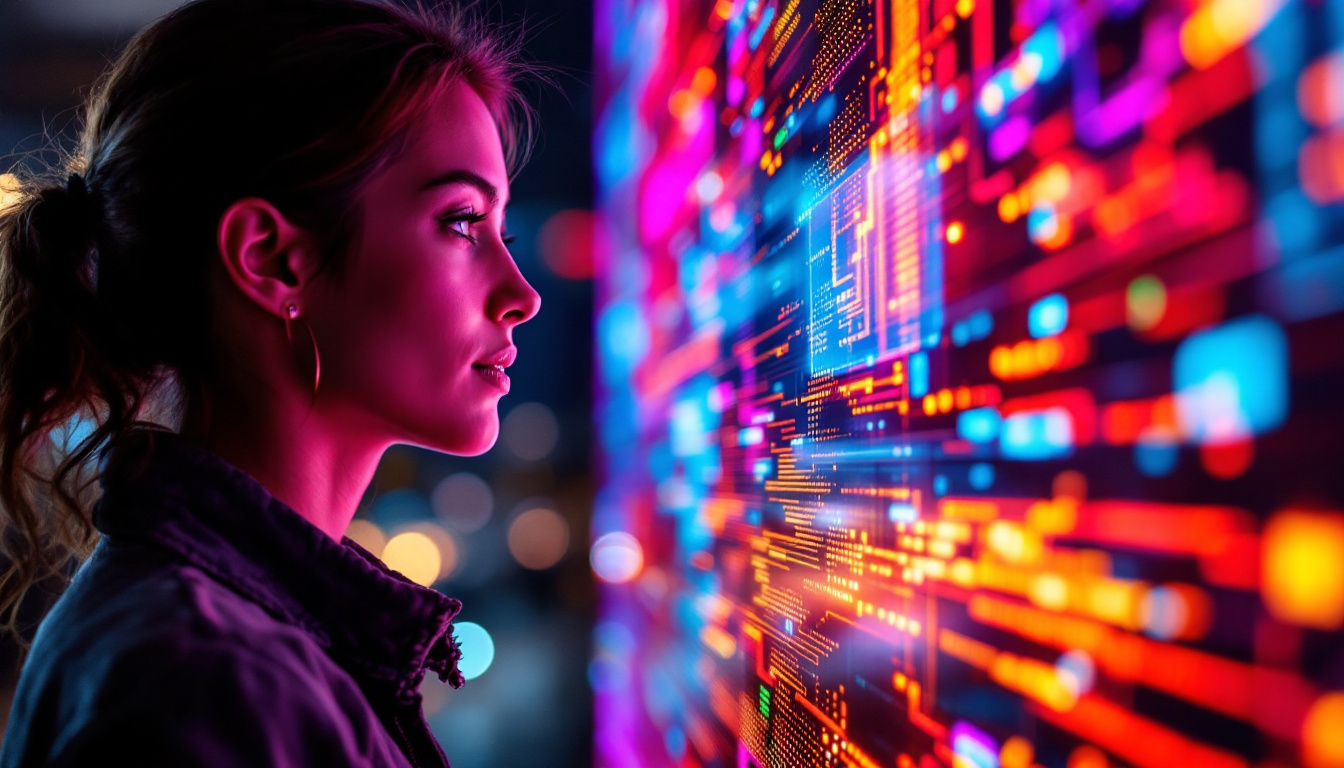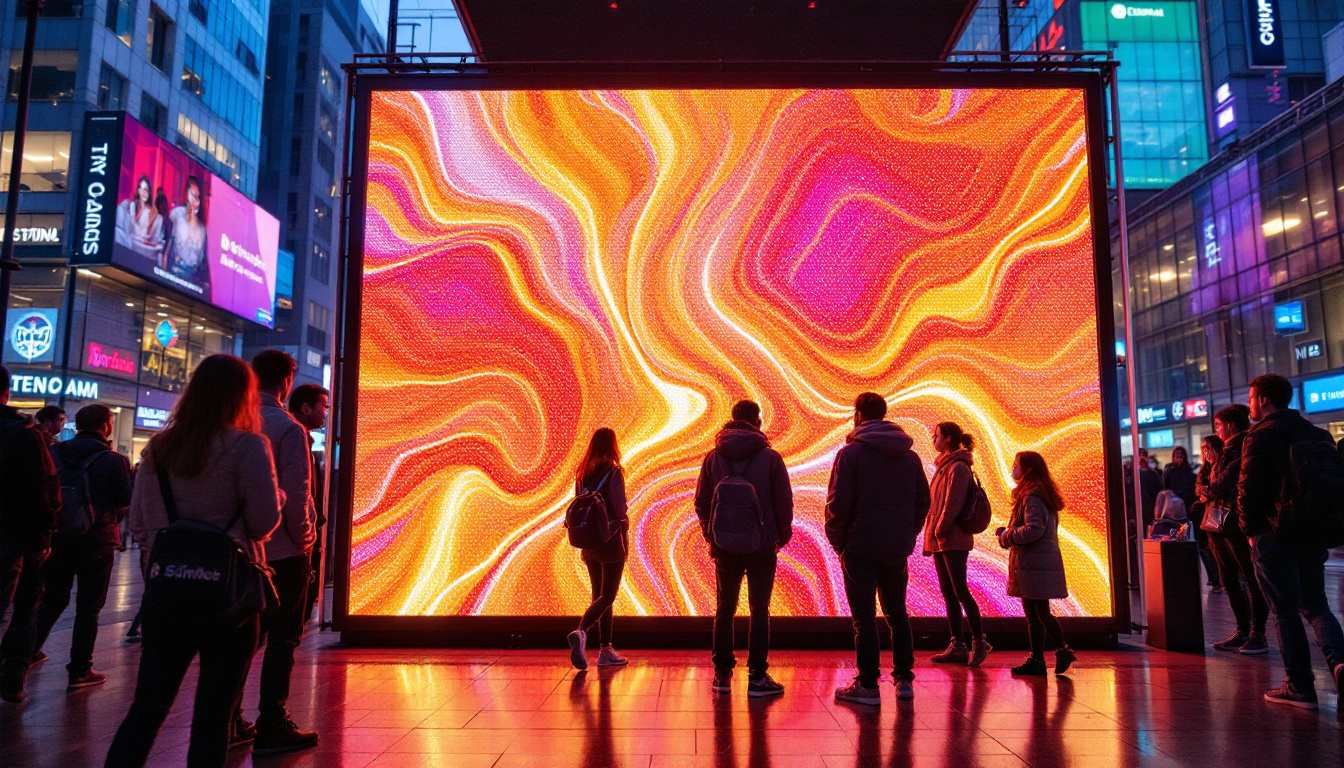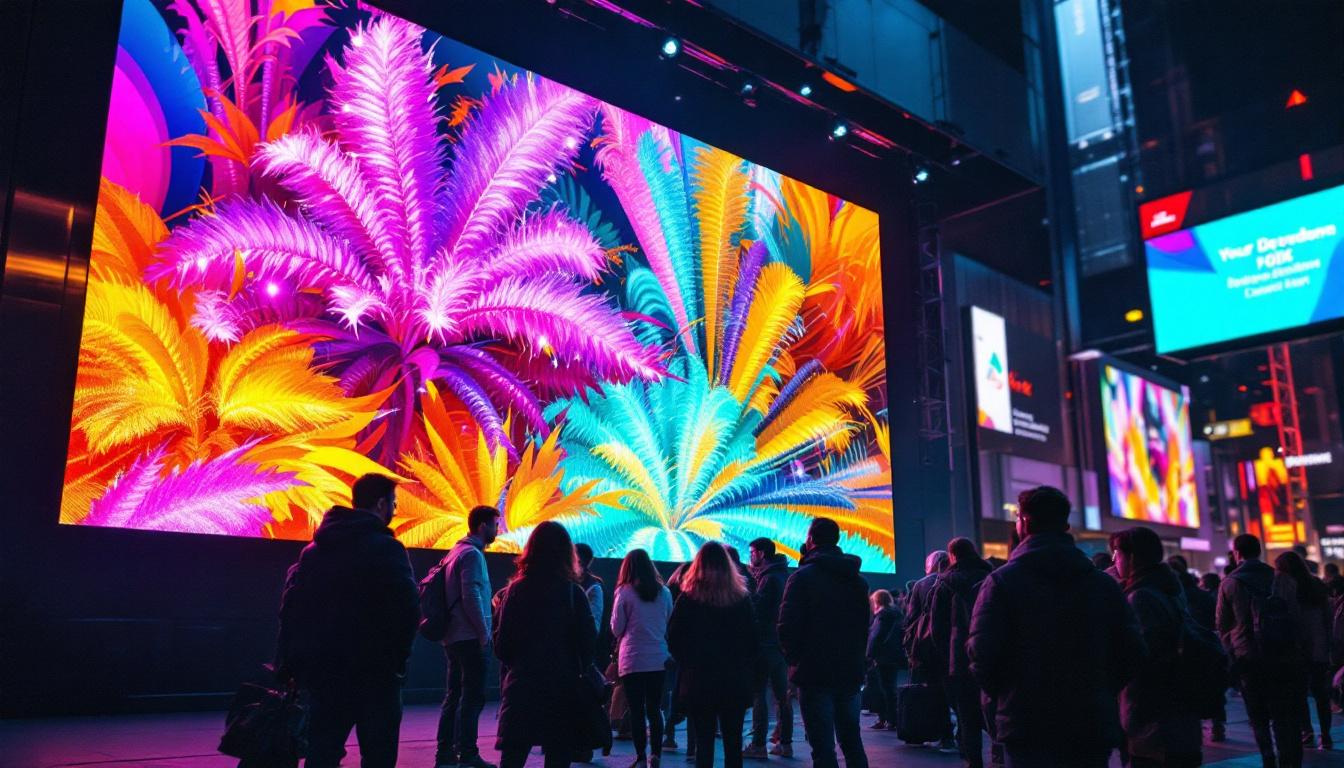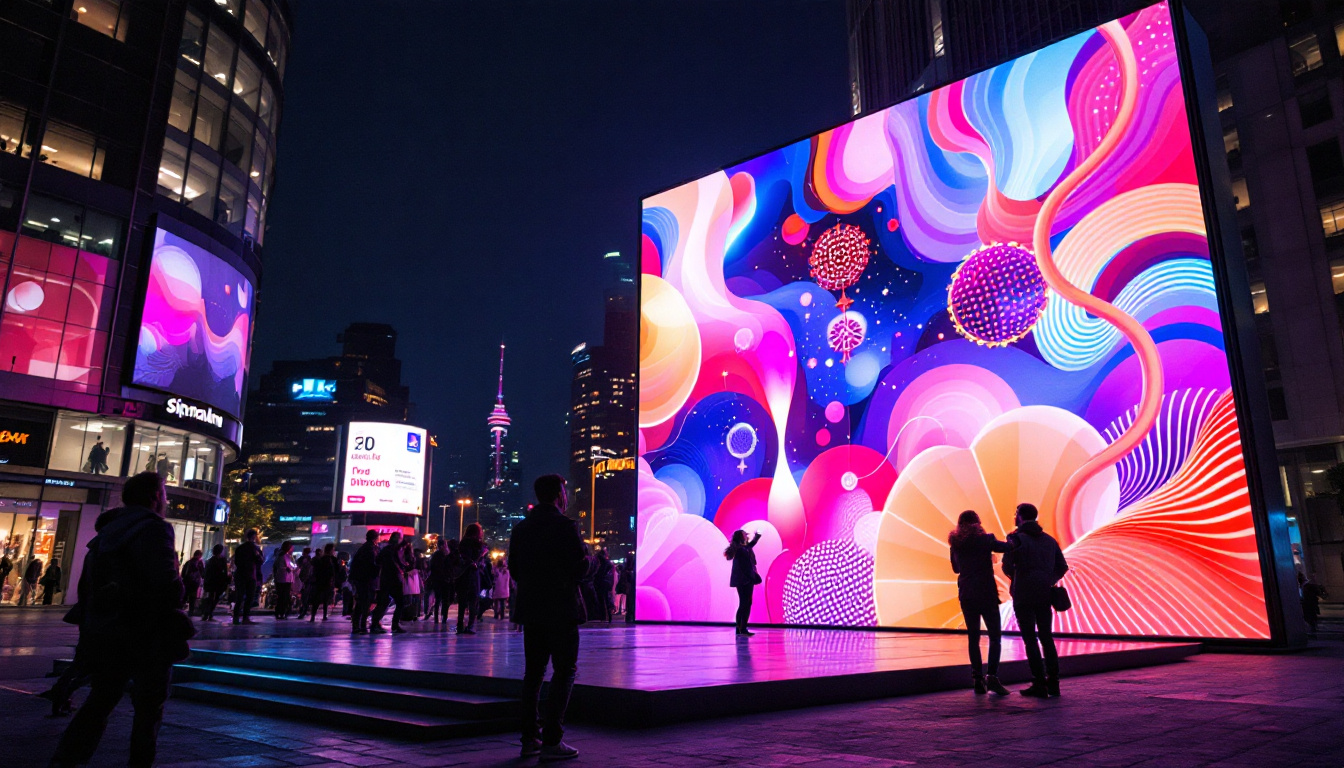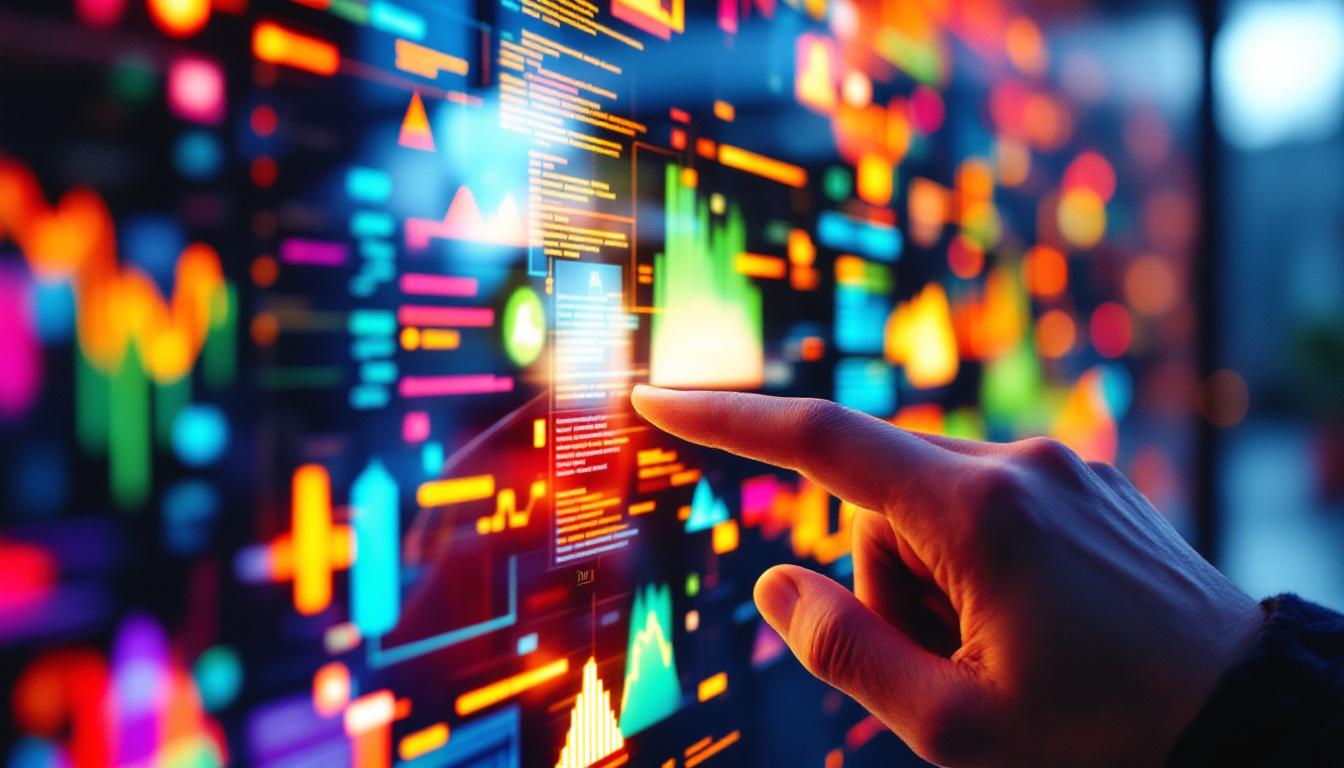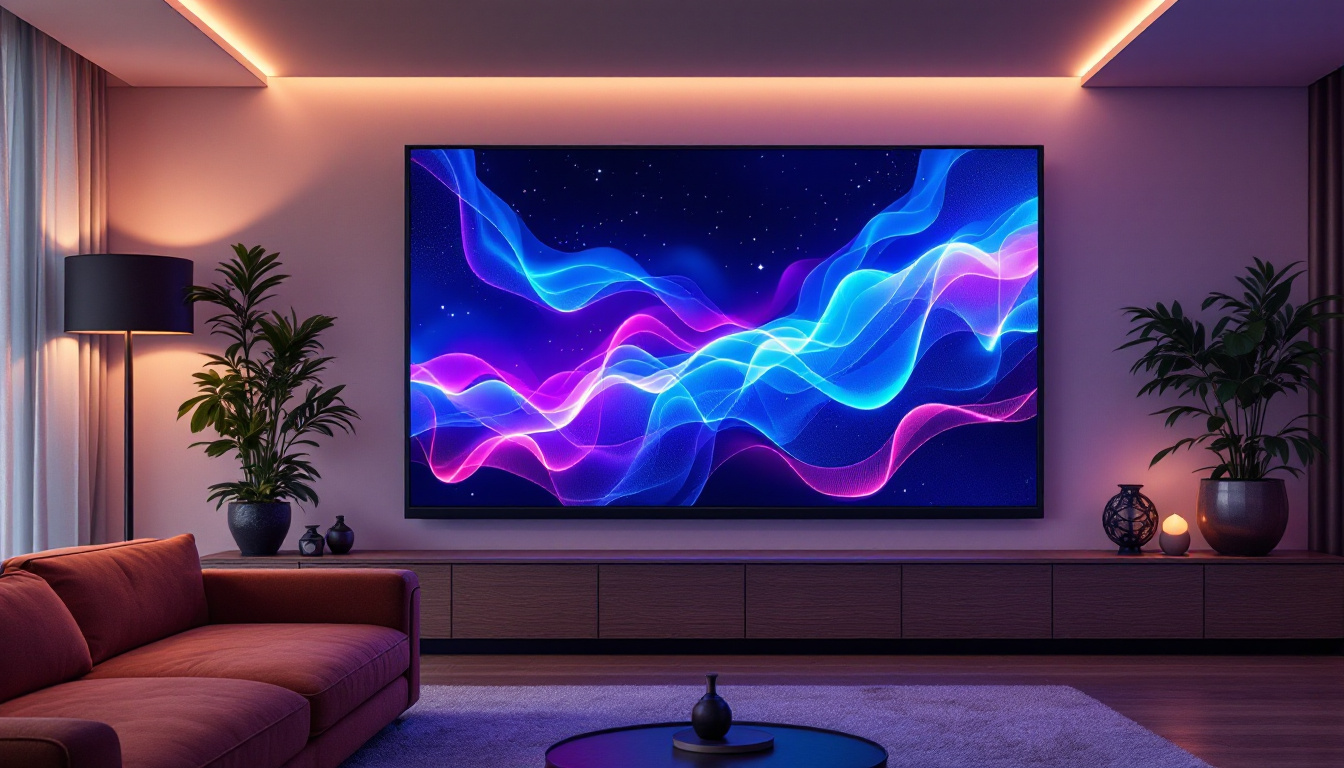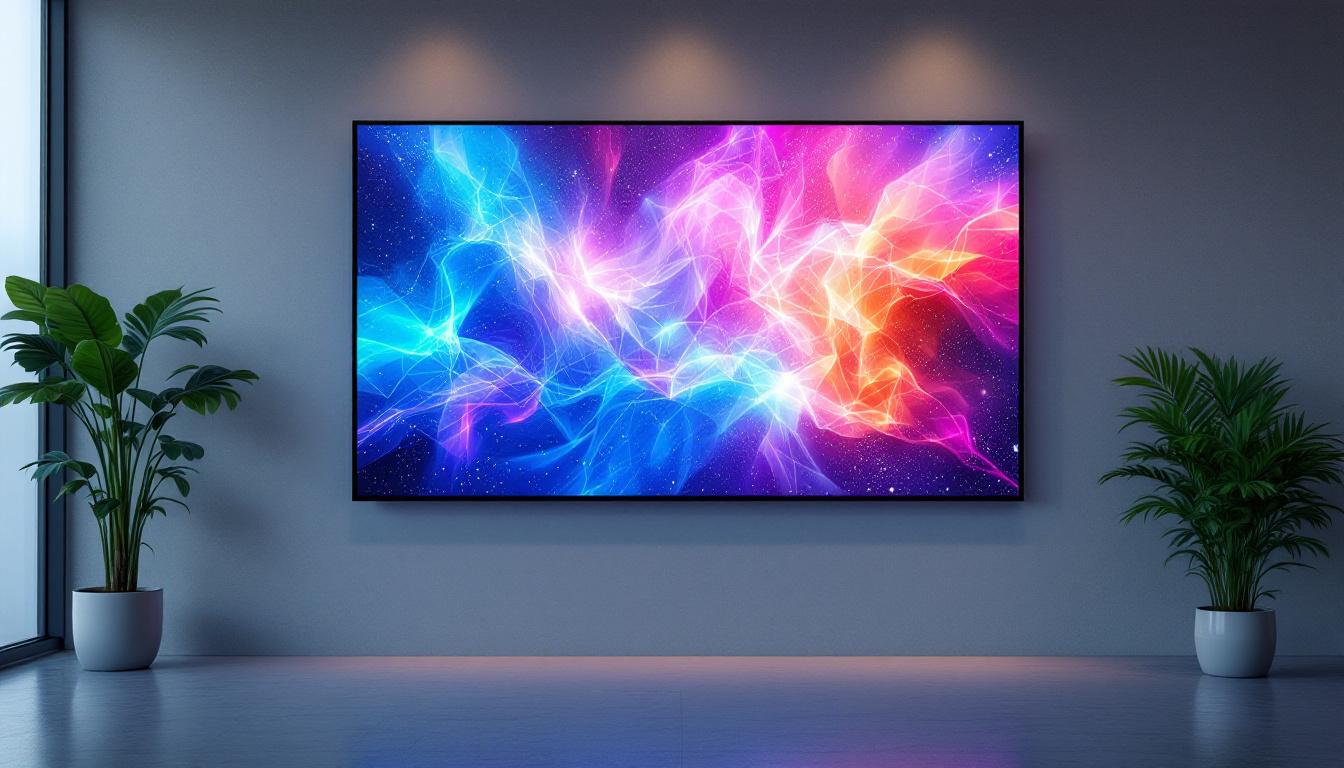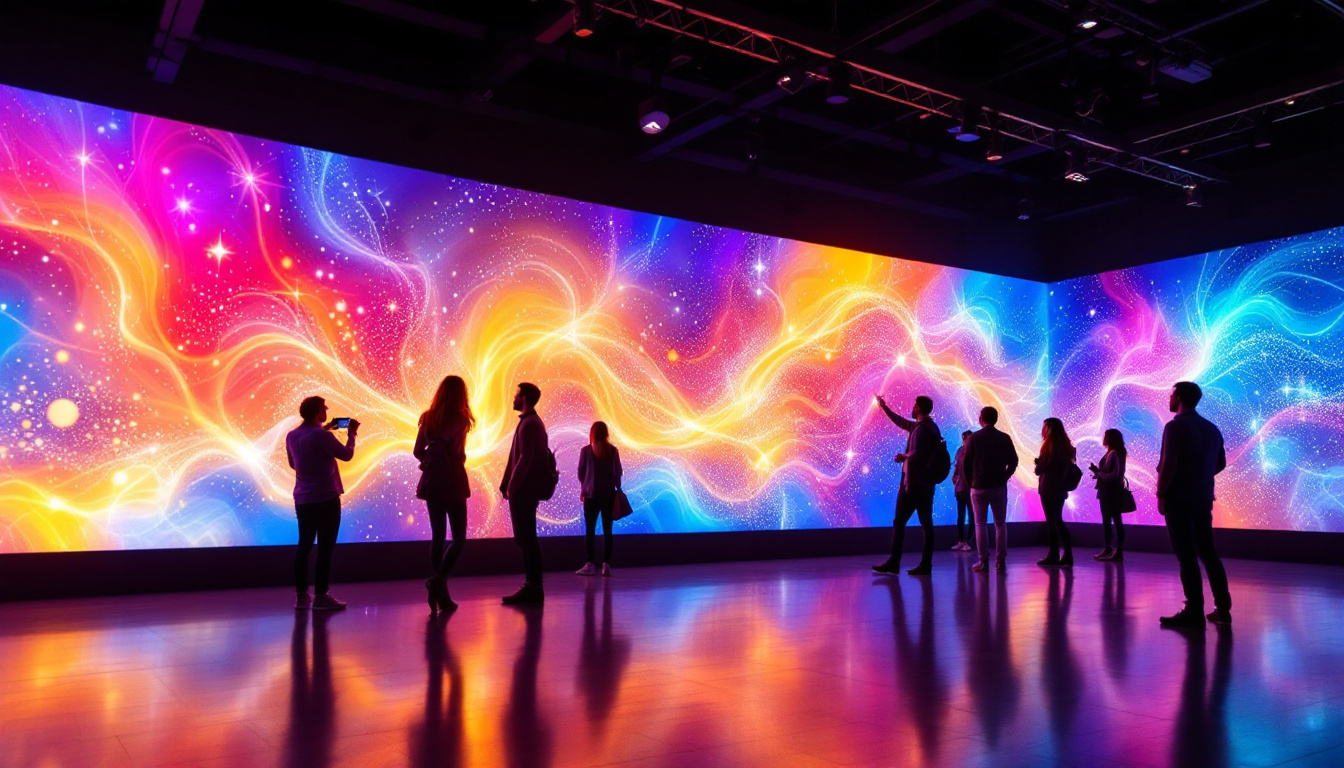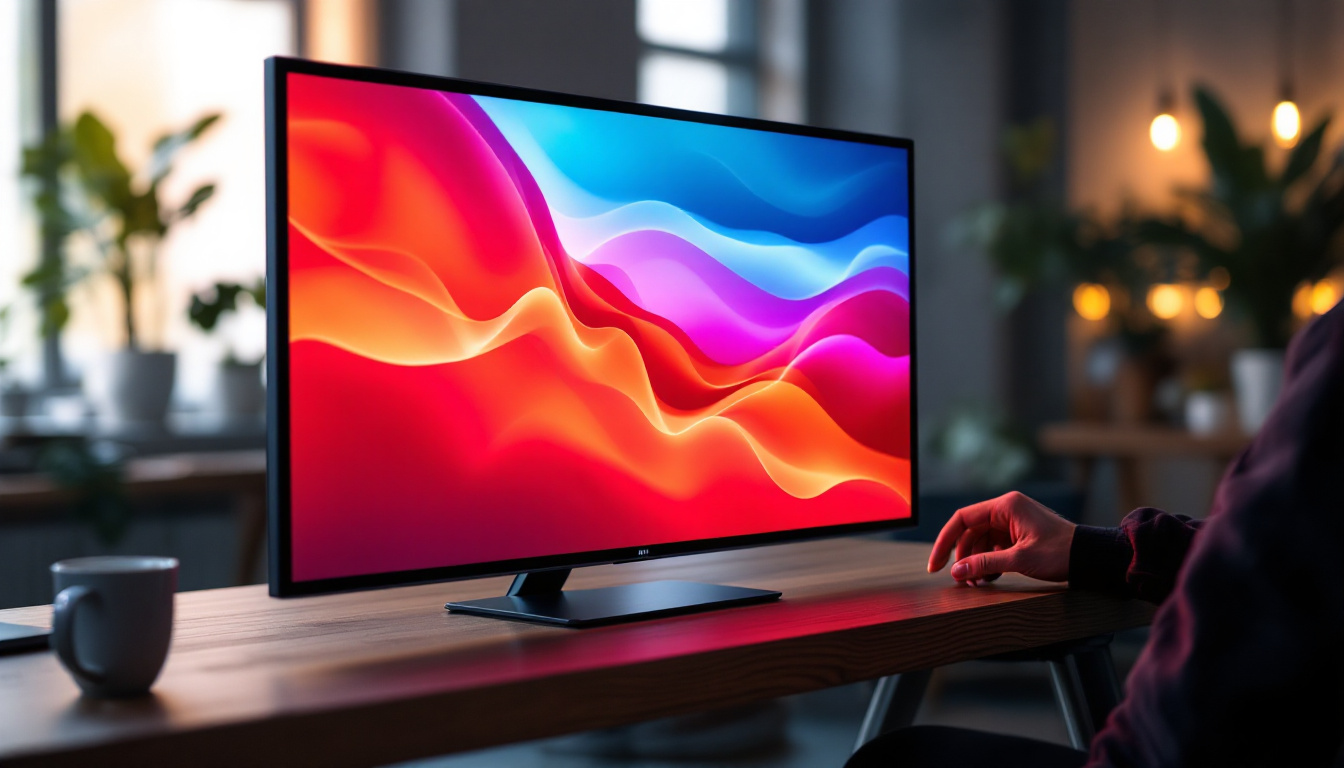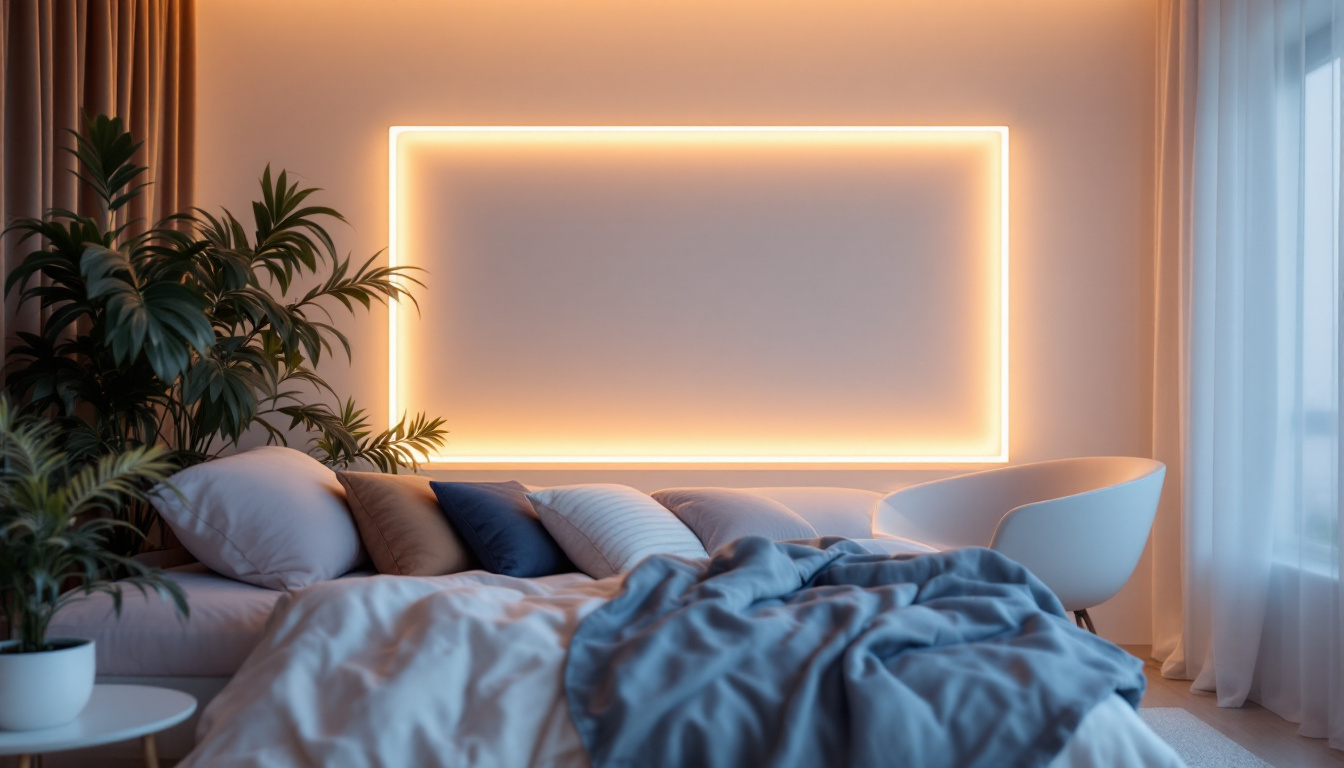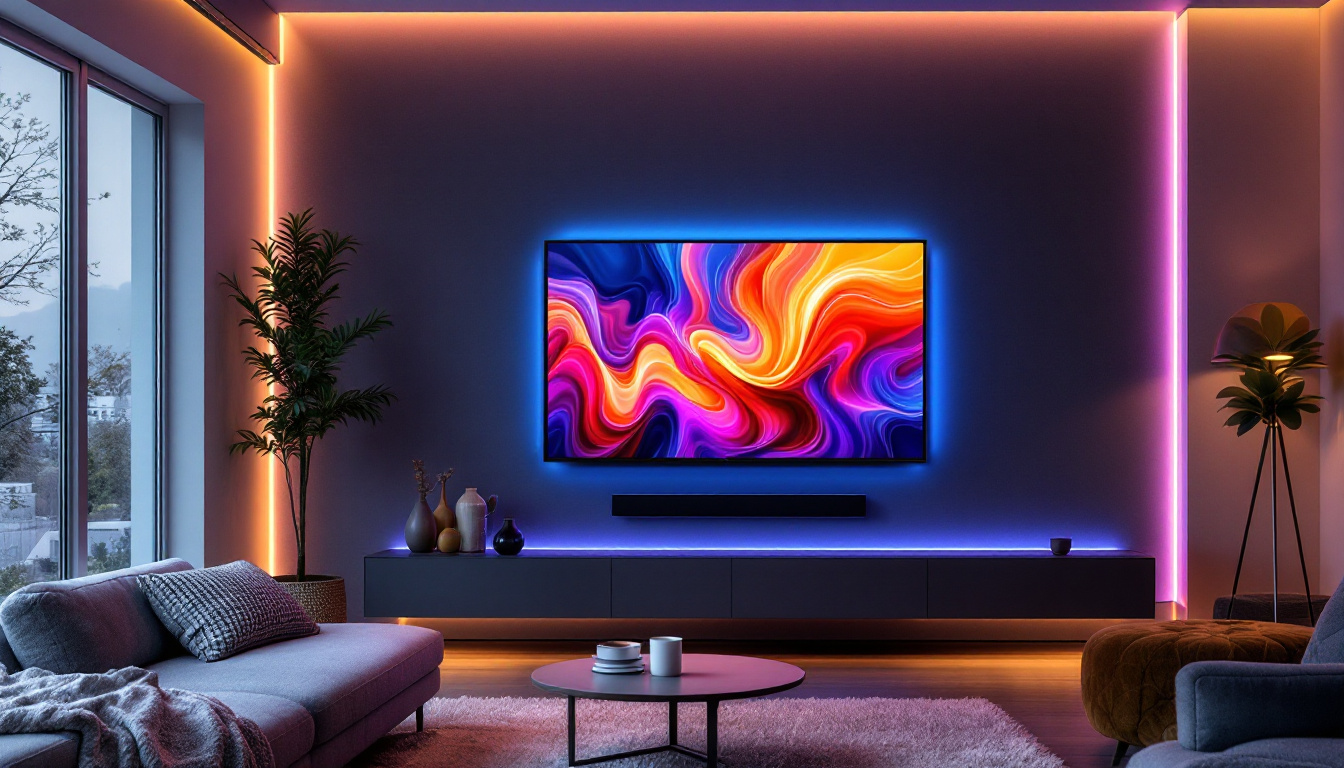In the ever-evolving landscape of technology, large computer display monitors have become an essential tool for both professionals and casual users alike. Among the various types of displays available, LED (Light Emitting Diode) technology has gained significant popularity due to its superior performance, energy efficiency, and vibrant visual quality. This article delves into the intricacies of LED displays, providing a comprehensive understanding of their features, advantages, and applications.
Understanding LED Display Technology
LED displays utilize light-emitting diodes to produce images and videos on screen. Unlike traditional LCD monitors that rely on backlighting to illuminate pixels, LED displays integrate these diodes directly into the screen, allowing for greater control over brightness and color accuracy. This technology can be categorized into two main types: edge-lit and direct-lit displays.
Edge-Lit vs. Direct-Lit LED Displays
Edge-lit LED displays feature diodes positioned along the edges of the screen, which project light across the panel. This design allows for thinner monitors and is often more energy-efficient. However, it may result in uneven brightness, particularly in darker scenes.
On the other hand, direct-lit LED displays incorporate diodes behind the entire screen, providing more uniform brightness and better contrast ratios. While these monitors tend to be thicker, they offer superior image quality, making them a popular choice for graphic designers and gamers.
Color Accuracy and Brightness
One of the standout features of LED displays is their ability to render colors with remarkable accuracy. This is particularly important for professionals in fields such as photography, video editing, and graphic design, where precise color representation is crucial. LED technology can achieve a wider color gamut, allowing for more vibrant and lifelike images.
Moreover, LED displays can achieve higher brightness levels compared to traditional LCDs. This makes them suitable for various environments, including well-lit offices and outdoor settings. The enhanced brightness also contributes to improved visibility, reducing eye strain during extended use.
In addition to brightness, LED displays often feature advanced technologies such as local dimming, which allows for specific areas of the screen to be dimmed or brightened independently. This capability enhances the overall contrast and depth of the image, making dark scenes appear richer and more detailed. Local dimming is particularly beneficial for watching movies or playing video games, where dynamic lighting plays a crucial role in the viewing experience.
Furthermore, the longevity of LED displays is another significant advantage. With a lifespan that can exceed 50,000 hours, these displays are designed to withstand prolonged usage without significant degradation in performance. This durability not only makes them a cost-effective choice over time but also reduces the frequency of replacements, contributing to a more sustainable approach to technology consumption.
Advantages of LED Displays
LED displays offer a plethora of advantages that make them a preferred choice for users across different sectors. From energy efficiency to longevity, these monitors are designed to meet the demands of modern computing.
Energy Efficiency
One of the most significant benefits of LED technology is its energy efficiency. LED displays consume less power compared to traditional LCDs and CRTs (Cathode Ray Tubes). This not only reduces electricity costs but also contributes to a smaller carbon footprint, making them an environmentally friendly option.
Furthermore, many LED monitors come equipped with features such as automatic brightness adjustment, which optimizes power consumption based on ambient light conditions. This smart technology ensures that users can enjoy high-quality visuals without unnecessary energy expenditure. Additionally, the lower heat output of LED displays means that they require less cooling, further enhancing their energy-saving capabilities and making them ideal for extended use in various settings.
Longevity and Durability
LED displays are known for their impressive lifespan, often lasting up to 50,000 hours or more. This longevity is attributed to the robust nature of LED technology, which is less prone to burn-in and other common display issues. As a result, users can expect their monitors to maintain performance over time, reducing the need for frequent replacements.
In addition to longevity, LED displays are generally more durable than their counterparts. They are less susceptible to damage from impact and temperature fluctuations, making them suitable for a variety of environments, from home offices to industrial settings. This resilience is particularly advantageous in public display applications, where screens are often exposed to the elements or high traffic. Moreover, many manufacturers now offer LED displays with enhanced protective features, such as anti-glare coatings and water-resistant casings, further extending their usability in diverse conditions.
Applications of LED Displays
The versatility of LED displays allows them to be utilized across a wide range of applications. From personal computing to professional environments, these monitors cater to diverse needs.
Creative Industries
In creative fields such as graphic design, video production, and photography, the accuracy of color representation is paramount. LED displays provide the necessary fidelity to ensure that artists and designers can produce work that translates well across different mediums. The enhanced contrast and brightness levels also allow for detailed editing, making them a staple in studios and creative agencies. Furthermore, many LED displays come equipped with advanced calibration tools, enabling professionals to adjust color settings to meet specific project requirements. This level of customization is crucial for ensuring that the final product remains true to the artist’s vision, whether it be for print, digital, or broadcast media.
Gaming and Entertainment
For gamers, an LED display can significantly enhance the overall experience. The fast response times and high refresh rates associated with LED technology reduce motion blur and provide smoother gameplay. Additionally, the vibrant colors and deep blacks contribute to a more immersive gaming environment. Many modern LED displays also support technologies like HDR (High Dynamic Range), which further enhances the visual experience by providing a wider range of brightness and color depth. This means that gamers can enjoy more lifelike graphics, with shadows and highlights that add depth to the gaming world.
In the realm of entertainment, LED displays are commonly used in home theaters and multimedia setups. Their ability to deliver stunning visuals makes them ideal for watching movies, streaming shows, and enjoying live sports events. The compact design of LED displays also allows for flexible installation options, whether mounted on a wall or set up as part of a larger screen array. Additionally, with the rise of smart technology, many LED displays now come with built-in streaming capabilities, allowing users to access their favorite content without the need for additional devices. This seamless integration into home entertainment systems not only enhances user experience but also reflects the growing trend of convergence in technology, where displays serve multiple purposes beyond traditional viewing.
Choosing the Right LED Display Monitor
With a plethora of options available, selecting the right LED display monitor can be a daunting task. Several factors should be considered to ensure that the chosen monitor meets specific needs and preferences.
Screen Size and Resolution
The size of the monitor plays a crucial role in the viewing experience. Larger screens are ideal for multitasking, as they provide ample space for multiple windows and applications. However, it is essential to pair the screen size with an appropriate resolution. Higher resolutions, such as 4K, deliver sharper images and finer details, making them suitable for tasks that require precision. For instance, graphic designers and video editors often benefit from larger screens with high resolutions, as they can see intricate details and color variations more clearly. Additionally, consider the viewing distance; a larger screen may be more comfortable to view from a distance, while smaller screens are better suited for closer viewing.
Refresh Rate and Response Time
For gamers and those who work with fast-moving visuals, refresh rate and response time are critical specifications. A higher refresh rate (measured in hertz) results in smoother motion, while a lower response time (measured in milliseconds) reduces ghosting effects. Monitors with a refresh rate of 144Hz or higher are often preferred by gamers for a competitive edge. Furthermore, some monitors come equipped with adaptive sync technologies like NVIDIA G-Sync or AMD FreeSync, which help eliminate screen tearing and stuttering, providing an even more immersive gaming experience. For professionals in fields like animation or video production, a monitor with a high refresh rate can also enhance the accuracy of motion graphics, making it easier to spot inconsistencies or errors during editing.
Future of LED Display Technology
The future of LED display technology looks promising, with ongoing advancements aimed at improving performance and user experience. Innovations such as MicroLED and OLED (Organic Light Emitting Diode) are on the horizon, offering even greater color accuracy and contrast ratios.
MicroLED Technology
MicroLED technology represents a significant leap forward in display capabilities. By utilizing microscopic LEDs, this technology promises to deliver exceptional brightness, contrast, and color accuracy. MicroLED displays are also modular, allowing users to create custom screen sizes and shapes, making them ideal for various applications, from personal devices to large-scale installations.
Integration with Smart Technology
As smart technology continues to integrate into everyday life, LED displays are expected to evolve alongside these advancements. Features such as voice control, smart connectivity, and AI-driven adjustments are likely to become standard in future monitors. This integration will enhance user convenience and further streamline workflows.
Conclusion
In conclusion, large computer display monitors utilizing LED technology offer a multitude of benefits that cater to the diverse needs of users. From energy efficiency and longevity to vibrant visuals and versatile applications, LED displays have established themselves as a leading choice in the market. As technology continues to advance, the future of LED displays promises even greater innovations, ensuring that users can enjoy an unparalleled visual experience for years to come.
Whether for professional use in creative industries, immersive gaming experiences, or everyday computing tasks, understanding the nuances of LED display technology can empower users to make informed decisions when selecting their next monitor. Embracing this technology not only enhances productivity but also contributes to a more sustainable future.
Discover LumenMatrix’s Innovative LED Displays
Ready to experience the future of visual technology with a monitor that meets all your needs? Look no further than LumenMatrix, a pioneer in LED display innovation. Whether you’re involved in the creative industries, seeking an immersive gaming experience, or simply looking for a reliable everyday display, LumenMatrix offers a wide range of solutions tailored to your unique requirements. From Indoor and Outdoor LED Wall Displays to specialized options like Vehicle and Sports LED Displays, our products are designed to maximize brand visibility and create engaging visual experiences. Embrace the power of cutting-edge LED technology and transform the way you communicate visually. Check out LumenMatrix LED Display Solutions today and step into a world of unparalleled clarity and impact.

